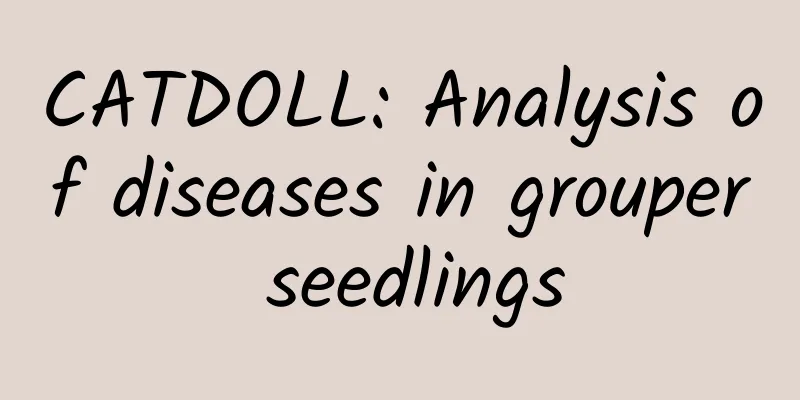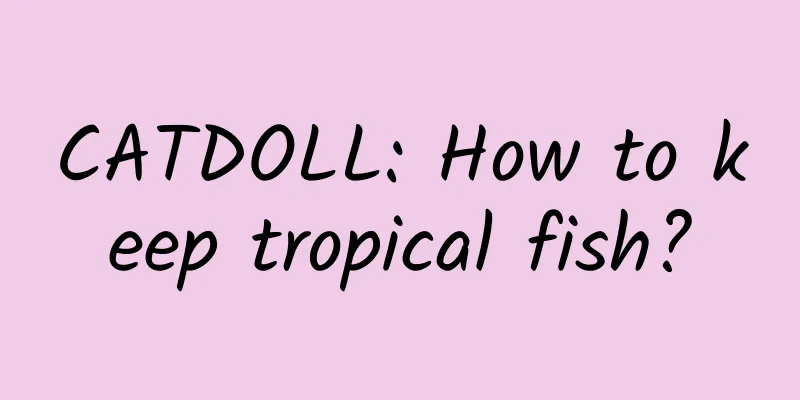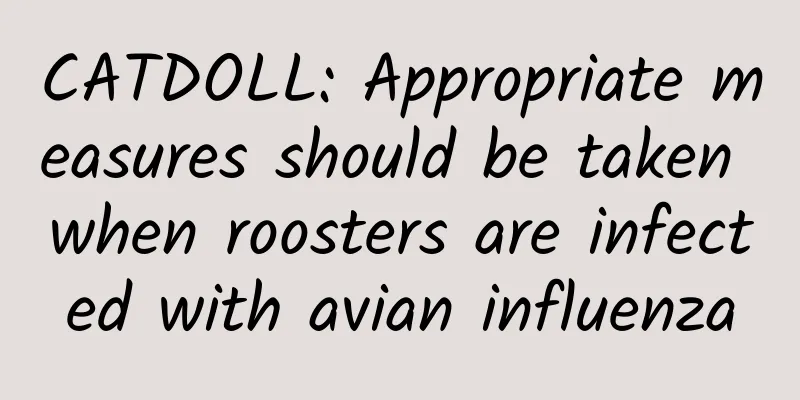CATDOLL : CATDOLL: Analysis of diseases in grouper seedlings

1. Analysis of diseases in grouper breedingThe iridovirus-like infection that has occurred since 2003 is currently one of the most harmful diseases to Malabar grouper and spotted grouper, and is often co-infected with parasites and secondary bacterial pathogens Vibrio. The infection rate of seedlings under 10 cm is 100%, and the mortality rate is over 60%. The cause of the disease is generally vertical transmission from the mother, horizontal transmission from fresh bait and pathogenic fish, and infection from aquaculture water sources. So far, there have been no reports of effective drug prevention and control. The three major dangers in the early stage of seedling cultivation: iris virus, parasites, and Vibrio. Iridescent virus: According to the author's experience, regular environmental disinfection, maintaining a certain algae phase and beneficial bacteria phase during the seedling and seedling standardization period, using biological ecological control methods to inhibit the growth of viruses, strengthening seedling operations, sanitation management, monitoring water quality and environment, and adding drugs to prevent stress reactions (such as immune polysaccharides and immune vitamins) to bait and feed can enhance the fish's resistance to pathogens. Once symptoms are found, feeding should be stopped immediately for 2 to 3 days, and live mysid shrimp and small shrimp should be fed instead. 0.5% ribavirin soluble powder and vitamins and antibiotics should be mixed and fed in the bait, and 100 ml/m3 formalin solution should be used for freshwater bathing for 10 minutes. 1 gram/m3 povidone iodine should be applied to the culture water body, and the effective cure rate can reach 80%. Treatment after onset: 1. Principle: Kill insects first, then kill bacteria. This is very important. 2. Parasites: Microscopic examination to identify parasites and select drugs 3. Sterilization: Currently effective drugs against Vibrio pyogenes: Oxytetracycline series: doxycycline; Sulfonamide series: trimethoprim; Quinolones: Enrofloxacin; A positive drug sensitivity test must be done first to confirm its effectiveness. Whiteleg shrimp have similar diseases. Currently, many methods of killing Vibrio have been adopted, but Vibrio diseases still occur. He Jianguo said that this is mainly because of the increasing number of drug-resistant bacteria. "In the study of stealing death disease, we used 6 resistance genes to detect and isolate the strains, and the total detection rate was as high as 80%, of which the detection rate of fluoroquinolone antibiotics reached 17.0%, and ciprofloxacin used in aquaculture belongs to this category, so antibiotics are not very effective in prevention." So why doesn't disinfection work? Because nowadays we mostly use the method of spraying disinfectants on water, and shrimps live at the bottom. Therefore, bottom disinfection is necessary (author's note, during this period, He Jianguo repeatedly emphasized that it must be disinfected for the bottom of the pond). Granular dibromocyanine is mixed with dry sand and dry soil and put into the water. Disinfect once every 10-13 days. Dibromocyanine has little stimulation to shrimps and algae, and is slightly soluble in water and will be released slowly. 2. How to prevent and control viral diseases in fishViral diseases of fish are the most harmful diseases in aquaculture. They usually develop rapidly, spread quickly, are difficult to treat, have high mortality rates, and cause great economic losses. At present, the most effective way to prevent viral diseases in fish is immunization. my country already has vaccines for viral diseases such as grass carp hemorrhagic disease. The use of Chinese herbal medicine is also an effective way to prevent and control viral diseases in fish. Chinese herbal medicine can not only kill some pathogens, but also improve the immunity and anti-infection ability of fish as a whole, thereby protecting them from infection by viral pathogens. Some disinfectants that kill viruses, such as iodine preparations, can effectively kill pathogens in water bodies, thereby controlling the rapid spread of diseases. In addition, the prevention and control of viral diseases in fish must have some basic knowledge of fish diseases. Do not mistakenly diagnose viral diseases as bacteria or other diseases, delay treatment or aggravate the condition. In the process of preventing and controlling viral diseases in fish, good hygiene and health operation habits should also be maintained, such as tool disinfection, handling of dead fish, correct use of drugs, and management of personnel and logistics, with special attention paid to the spread and development of diseases. 3. I heard that grouper has parasites. Is it true?Hello, are there any parasites in grouper meat? 4. Protection level of grouperOn the International Union for Conservation of Nature's "Red List of Threatened Species", 20 of the 163 species of grouper are facing extinction and another 5 are endangered. |
<<: CATDOLL: How to keep clams alive
Recommend
CATDOLL: How long does it take for ducklings to lay eggs? How long does it take for ducklings to lay eggs?
1. How long does it take for ducklings to lay egg...
CATDOLL: Is snapdragon suitable for home cultivation? It seems to be called the flower of death?
Is snapdragon suitable for home cultivation? It s...
CATDOLL: Weaned ducklings breeding technology? Ducklings breeding technology and water feeding method?
1. Weaning ducklings breeding technology? The tem...
CATDOLL: Is it safe to raise snails? Zhihu (Is it safe to raise snails? Zhihu article)
1. Why can’t snails be raised at home? 1. You can...
CATDOLL: When did people start raising silkworms?
1. When did humans begin to raise silkworms? The ...
CATDOLL: Detailed explanation of the treatment of pig rash | Symptoms, causes and effective treatment of pig rash
Symptoms of pig rash Swine rash is an infectious ...
CATDOLL: An effective strategy for profitable rural cattle breeding
How to make considerable profits from raising cat...
CATDOLL: How to keep horned frogs in winter
1. How to raise horned frogs in winter Basic misu...
CATDOLL: Are fireflies difficult to raise? (Why are fireflies difficult to raise?)
1. Can fireflies be farmed? Answer: Fireflies can...
CATDOLL: The key steps to build a modern fattening pig house
Modern breeding industry is developing rapidly. I...
CATDOLL: How to make snails grow fast? What conditions are needed to raise snails?
1. How to make snails grow fast? What conditions ...
CATDOLL: What does oyster powder taste like?
1. What does oyster powder taste like? Because ev...
CATDOLL: How to make soil for earthworm breeding (How to make soil for earthworm breeding)
1. How to improve the soil by breeding earthworms...
CATDOLL: What is the name of a person who keeps spiders?
1. What is the mentality of people who raise spid...
How to reduce weight for obese cats?
Cat weight loss method: 1. Snacks are very high i...









